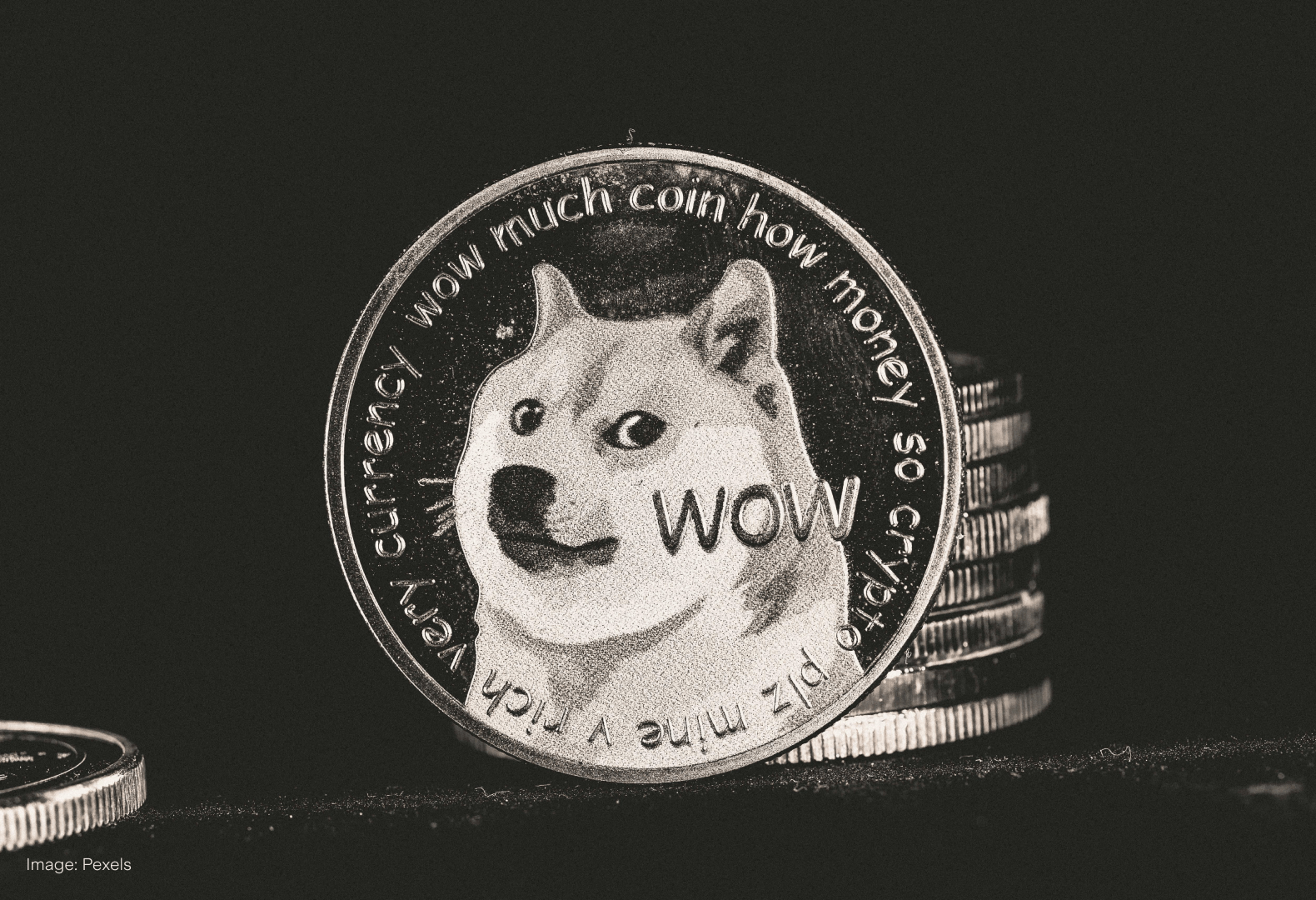
Whipsaw
A massive Nasdaq correction amid trade war noise has investors bracing for more pain. Let’s unpack some of the most confusing themes in a market swinging wildly in both directions.
The S&P 500 erased the three trillion dollars it had gained since Election Day. This Monday alone, the U.S. stock market shed nearly US$1.17t led by the tech-heavy Nasdaq, which had its worst day since March 2020.
One of the Nasdaq’s biggest constituents and Wall Street’s stock du jour, Nvidia ($NVDA), lost 20% in two weeks. It sank further after Marvell Technology’s ($MRVL) strong Q4 earnings report failed to impress investors who have turned sceptical on the AI narrative as a whole. In theory, Marvell’s 60% adjusted gross margin guidance should have been reason to celebrate. Instead, it triggered a semiconductor selloff, with names like Broadcom ($AVGO) and Taiwan Semiconductor Manufacturing Company ($TSM) also seeing big declines.
It wasn't just about earnings reports, though: these chip stocks have been grappling with the impact of Trump's tariff threats for weeks now. The selloff on 4 March was no surprise, when 25% tariffs on goods from Canada and Mexico took effect and the existing tariffs on China were raised to 20%.
On 5 March, Trump granted automakers a one-month exemption from those tariffs after a request from the Big 3: Ford ($F), General Motors ($GM) and Stellantis ($STLA). Naturally, they had a nice little rally and all major U.S. indices also ended in the green.
But then, another U-turn the next day. Despite Trump pausing tariffs on compliant Canadian and Mexican goods, 6 March was one of the worst stock market days of the year. Last week was the S&P’s worst week since September, and the tech-led selloff extended into this week. Tesla ($TSLA) was hit hardest, ending Monday 15% lower after Elon Musk commented on the difficulty of leading DOGE and being a CEO at the same time.
It might be the first time Trump has declared he’s ‘not even looking’ at the stock market – something he typically uses as a metric to measure his own performance as President. No, this time he’s blaming the globalists (whatever that means).
The flip-flop on tariffs, and the resounding market impact, has many confused. But perhaps even more confusing is China. It wasn't part of any exemptions (and already introduced reciprocal tariffs on the U.S.), yet the Chinese government set a 5% GDP growth target. At a time when their economy appears to be on the backfoot, this ambition is raising eyebrows. Do they know something we don't?
Either way, China is preparing for chip-related restrictions from the U.S. It's setting up a US$138b state-backed venture fund to focus on AI, quantum tech and hydrogen energy storage. It comes as Alibaba ($BABA) unveiled a new iteration of its AI model QwQ-32B, which is supposedly on par with DeepSeek’s performance. Alibaba also said it intends to spend US$53b on its AI pivot.
There might just be a trend to watch here. As the Magnificent Seven stocks declined this year, Chinese megacaps added US$439b in value. According to Man Group, China is more insulated from Trump 2.0 and U.S. policies, with an economic story that goes beyond DeepSeek and tariffs. Maybe the growth story that kicked off in the Year of the Dragon will fully come to life in 2025.


